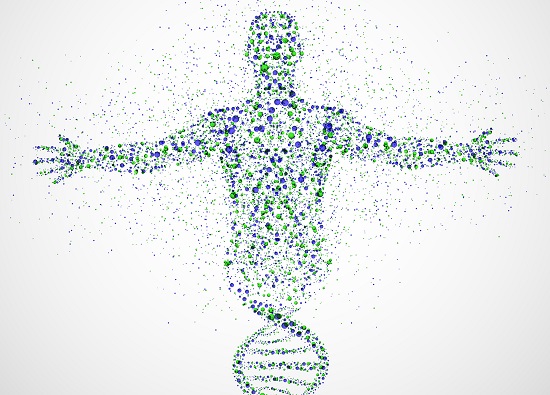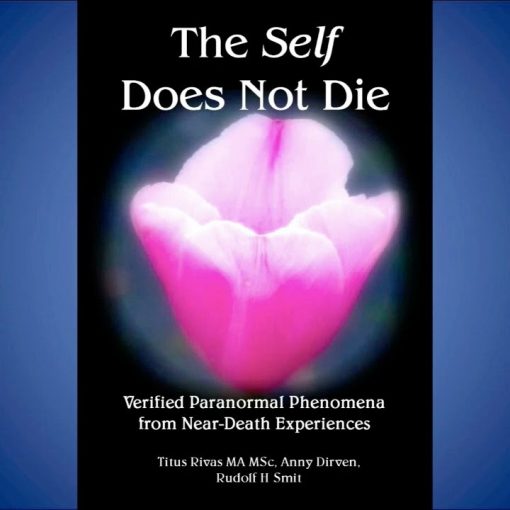
From ‘Recent Developments in Science and Medicine’ by Professor Marilyn Monk. Network Review 107, WInter 2011
Regenerative medicine is the process of generating human cells, tissues or organs in the laboratory, for the repair of diseased or damaged tissue in the body. Normally, the repair and replenishment of tissues takes place from resident tissue-specific stem cells but there may not be enough of these in the right place, and in the right conformation, to carry out the repair when tissues are injured or diseased. Scientists can harvest tissue-specific stem cells in some cases, e.g., bone marrow stem cells have been used for some time now to treat leukaemia.
Other sources of stem cells with even wider potential are being discovered. These may be coaxed to differentiate along a number of different specific cell pathways. For example, there is a move to bank cord blood at birth for later use in life as a source of stem cells for repair. Encouraging results with cord blood stem cells have been obtained with diabetes, cardio-vascular injury, brain injury and stroke, and there is evidence that the cord cells migrate to the site of injury. Olfactory epithelial stem cells have been used to successfully repair a damaged spinal cord in a rat model system and recently a trial for embryo stem cell repair of spinal cord injury was started in the States.
The most powerful stem cells are embyronic stem cells which by definition are totipotent – i.e., capable of making all tissues of the body. Stem cells similar to embryonic stem cells can be created in a culture dish by injecting cells from the patient (e.g. skin cells) with several embryonic genes that convert these cells into induced pluripotent stem cells (iPSCs). This discovery avoids the use of human embryos as a source of these most powerful stem cells. Scientists are able to use appropriate scaffolding to mould the growth of the patients own stem cells into specific organs in the laboratory (e.g., wind pipe or bladder). In June 2011, an international collaboration enabled a successful synthetic windpipe transplant in a cancer patient. The lead surgeon was Professor Paolo Macchiarini (Karolinska University Hospital, Stockholm, Sweden). The synthetic replica windpipe scaffold of nanocomposite polymer was constructed by a team led by Professor Alexander Seifalian at UCL London, and teams from USA and Germany covered the windpipe scaffold with the patient’s own bone marrow stem cells.
Regenerative medicine is an exciting new field. It has the potential to solve the problem of the shortage of organs available for patients that require life-saving organ transplantation, as well as to solve the problem of rejection (since the cells used will be derived from the patient).
Reference
Interview with Paolo Macchiarini in November 2011. Bioartificial trachiobronchial transplantation Regen Med. 6:14-15 (2011).




